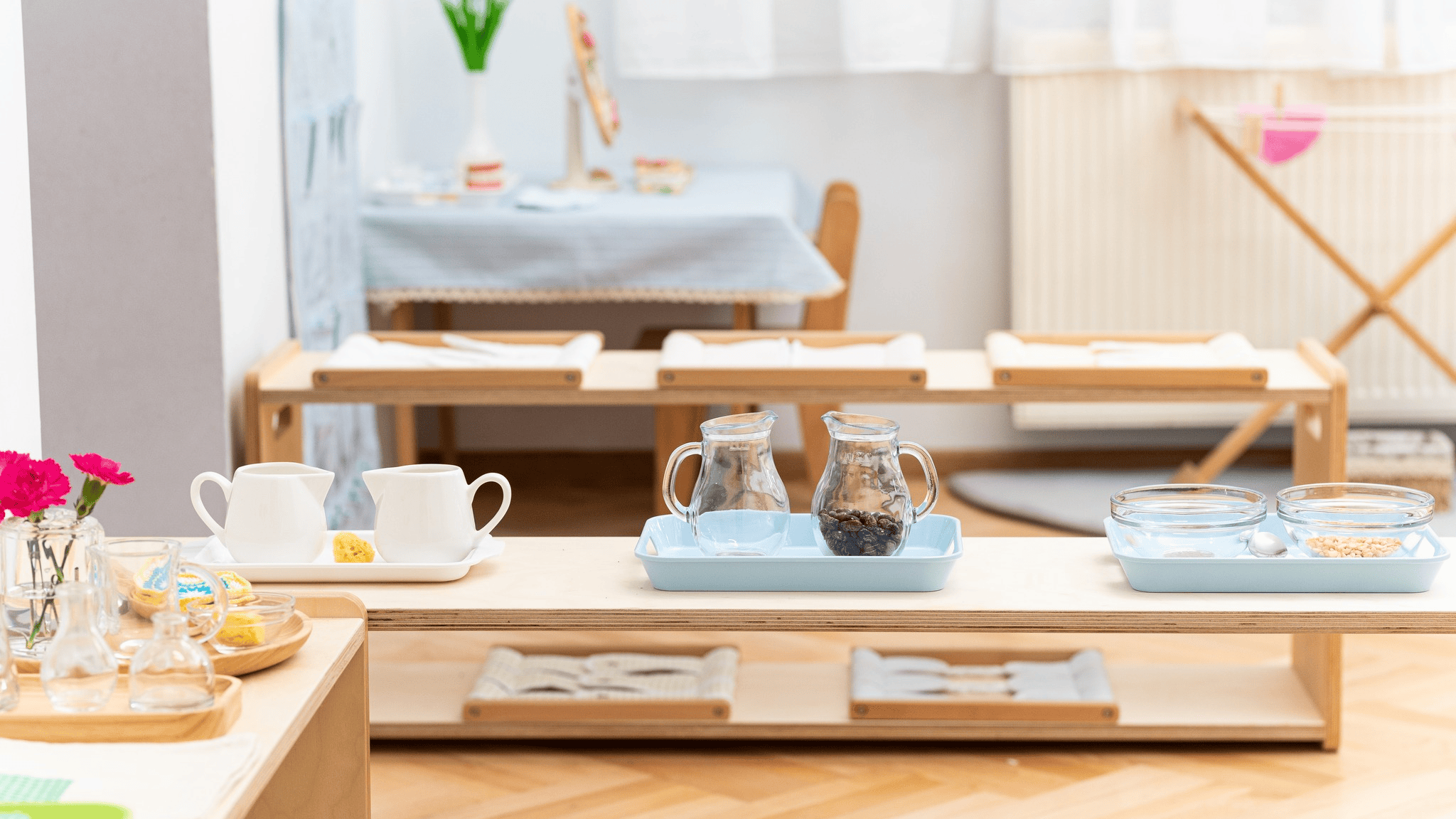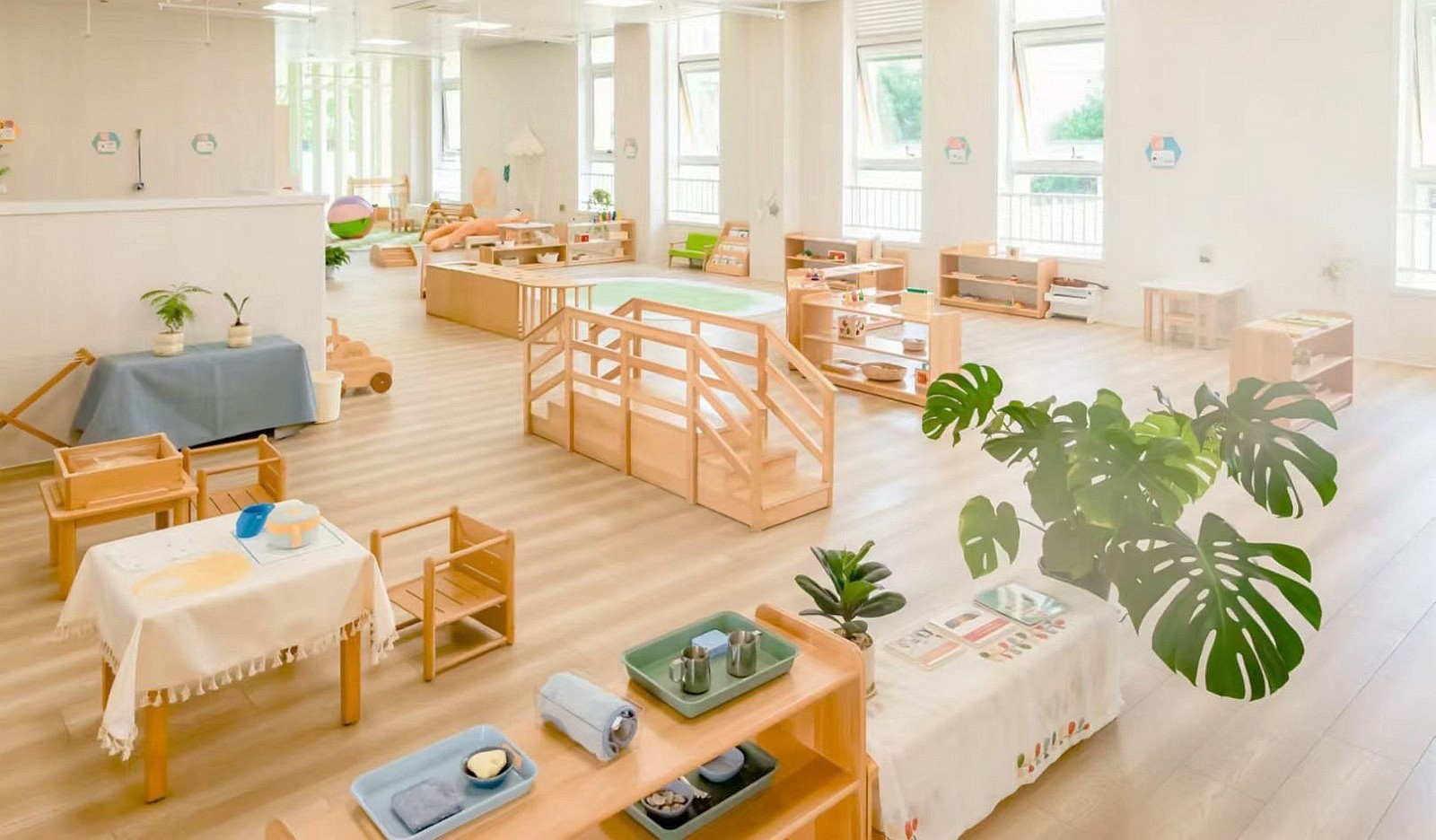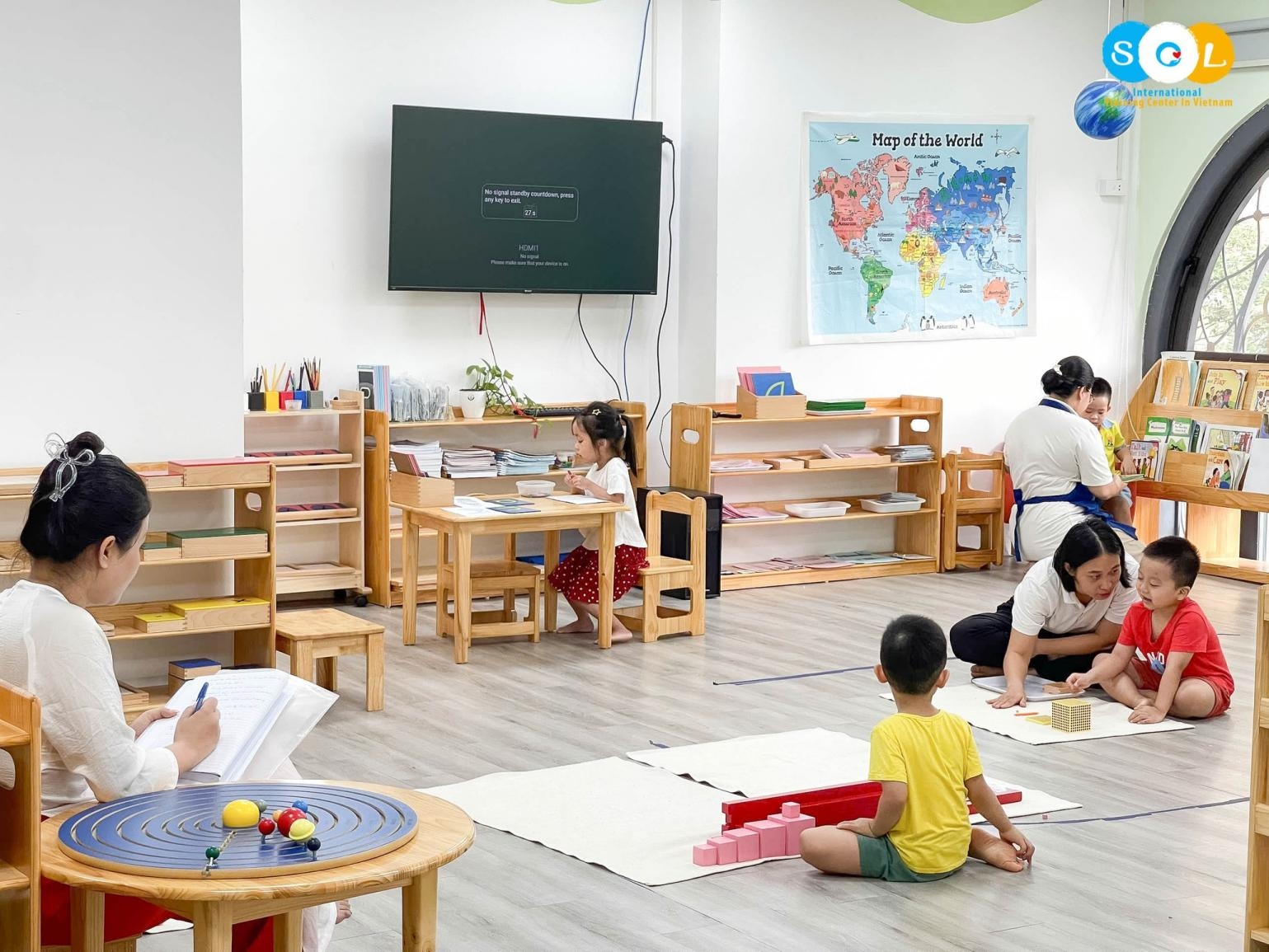
Rediscovering Maria Montessori: The Woman Who Revolutionized Education
When parents search for a better way to support their children’s growth, they often come across terms like Montessori school,
Montessori materials, and Montessori at home. But who was the visionary behind it all?In the history of education, few names
stand out as boldly as Maria Montessori. She was not only the first woman to earn a medical degree in Italy, but also a pioneering
educator who forever changed the way we understand childhood learning and development. In this article, we will delve into her
life and legacy, examine the principles she stood for, and explore how they have influenced Adena’s founding vision and design philosophy.
From Medicine to Education: A Shift of Purpose
Born in 1870 in Italy, Maria Montessori was a pioneer in many ways: the country’s first female physician, a scientist, and eventually one of
the most influential educational reformers of the 20th century. Her early work with children who had developmental challenges led her to
ask a bold question: What if the problem isn’t with the child—but with the way we teach them?
This question sparked a new philosophy. Montessori began developing what we now know as the Montessori Method—a holistic,
child-led approach to education grounded in scientific observation, respect, and independence.
The Birth of the Montessori Method
In 1907, Montessori opened the first Casa dei Bambini, or “Children’s House,” in a working-class district of Rome. There, she introduced
a radical new approach to education based on respect for the child’s natural development. The core principles of her method include:
Freedom of choice: Children are given the autonomy to choose their activities.
Concentration and deep work: Uninterrupted time fosters deep engagement.
Prepared environment: A well-organized, beautiful space invites independent exploration.
The role of the adult: Teachers serve as gentle guides, not instructors.
What she created wasn’t just a method—it was a movement, one that would soon spread around the world.
Montessori at Home: A Philosophy Beyond the Classroom
Today, Montessori education goes far beyond the walls of a school. Many families bring elements of Montessori at home, creating environments
that respect a child’s independence and natural curiosity.At Adena, we carry this spirit into every product we design:
Our furniture and toys are inspired by authentic Montessori materials, adapted for use in modern homes.
We emphasize beauty, order, and scale—key elements in any Montessori environment.
We design for hands-on discovery, because real learning happens when children engage with the world around them.
Most importantly, we believe in trusting the child.
How Montessori Inspires Adena?
Adena was born from the same belief that guided Maria Montessori: that children are not empty vessels to be filled, but capable individuals to
be guided and respected. That’s why our design principles mirror the heart of Montessori education:
Independence: Our child-sized furniture empowers self-directed activity.
Simplicity and purpose: Our toys avoid overstimulation and invite focus.
Meaningful environments: Every item supports real-world skills and emotional development.
Whether in a Montessori preschool, a home playroom, or a quiet corner of a living room, Adena’s products are designed to grow with your child
—and support the foundations of lifelong learning.
Over a century has passed since Maria Montessori first reimagined what education could be. Her ideas are more relevant than ever, reminding us that true
growth comes from within, and that every child deserves to be seen, respected, and supported.At Adena, her legacy lives on in everything we do—from
thoughtfully crafted materials to the quiet confidence we place in every child’s potential.
 Back-to-School Anxiety: Montessori Tips for a Smooth Transition
Back-to-School Anxiety: Montessori Tips for a Smooth Transition
 Back-to-School Checklist: Montessori Study Corner Setup | Adena Montessori
Back-to-School Checklist: Montessori Study Corner Setup | Adena Montessori
 Grace & Courtesy Lessons Raising Polite and Empathetic Child
Grace & Courtesy Lessons Raising Polite and Empathetic Child
 Best Montessori Materials for Winter Indoor Learning
Best Montessori Materials for Winter Indoor Learning
